Innovation
Are we ready to live with humanoid robots?

The idea of a robot helping with daily chores has long been part of our collective imagination — making coffee, vacuuming, tidying up, cooking... a true household companion. But according to a recent IEEE (Institute of Electrical and Electronics Engineers) survey, this dream isn’t really driven by consumers. It’s mostly the major tech players chasing the race to build the “perfect humanoid.”
So, are humanoids really coming to our homes anytime soon?
Today, companies like Tesla, 1X, and Figure aren’t just making cars, drones, or software anymore. They’re announcing humanoid robots designed for the general public. Demos and conferences keep coming, with slick videos of robots walking, talking, manipulating objects... and looking eerily human. Each one promises a future where these mechanical companions could help in the kitchen, tidy up the house, or even keep us company.
For most people, these announcements trigger a mix of awe and skepticism. Some imagine a world where chores are effortless and everyday life feels almost playful. Others ask: What if these robots feel too human? What if their presence becomes unsettling—or invasive?
Ultimately, these companies aren’t just selling technology. They’re selling a vision of the future — one where life is shared with machines that can understand, react, and interact like us. But that vision clashes with human instincts. The excitement for innovation meets a deep-rooted caution toward the unknown.
Why is that?
Robots, yes… but not humanoids

According to IEEE’s survey, most people would rather have several specialized robots than a single humanoid that does everything — one robot for cleaning, another for cooking, and so on. And indeed, homes are already full of them: Roomba vacuums, Cookeo multicookers, robotic lawn mowers. These machines are adopted easily because they’re useful, efficient, and — crucially — not human.
The issue isn’t with robotics itself, but with robots that start to look like us. The moment a robot gets a face, voice, or human-like movements, perceptions change dramatically.
Anthropomorphism: when the familiar becomes unsettling

Giving a machine human traits is called anthropomorphism — and our brains are wired to react to it. In horror movies, it’s used to create unease: think creepy dolls, clowns, or emotionless androids. That blurred line between living and non-living triggers both fascination and fear.
Pop culture doesn’t help. From Terminator to I, Robot to Black Mirror, humanoids often appear as threatening or manipulative. So it’s no surprise that the idea of having one in your living room feels off-putting.
Imagine if self-driving cars had come with humanoid robots sitting behind the wheel — would people have accepted them so quickly? Probably not. Even advanced tech can feel intimidating once it takes a human shape.
That’s why robots tend to be better accepted when they stay what they are: tools, not human copies.
Conditional acceptance
IEEE’s study also found that some people are open to having humanoid robots at home — but only under specific conditions:
Reliability. The robot must do its job well, consistently, and safely handle both simple and unexpected tasks.
Safety. It must not pose any danger to its surroundings or the people around it — detecting obstacles, handling objects gently, and avoiding accidents.
Affordability. Even the best robot in the world won’t find a market if it costs far more than current appliances or human services.
Interestingly, those open to humanoid robots tend to be tech-savvy users or people eager to simplify their lives. Yet even for them, acceptance depends entirely on whether the technology proves itself. The fact that these basic conditions need to be stated shows how early we still are in this journey.
So why stick with the humanoid design?
If the market isn’t ready, why do companies keep building humanoids? The answer lies beyond aesthetics — it’s a mix of symbolism, engineering logic, and strategy.
1. A powerful symbol of progress
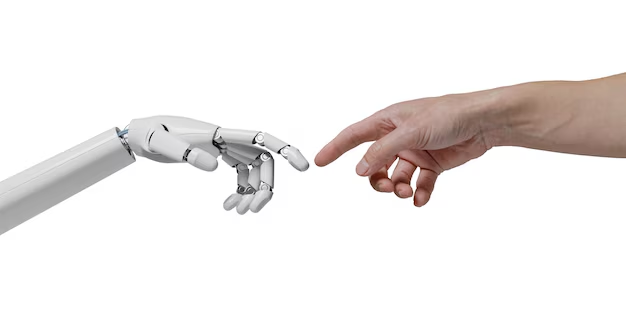
Humanoids have always symbolized human ambition. The ability to “create life in our image” has deep cultural and even mythological roots. Watching a robot walk, grasp objects, or interact naturally is proof of technological mastery.
That’s what Tesla, Figure, and 1X aim to showcase: humanoids as living demonstrations of their engineering prowess — a magnet for investors, talent, and media attention.
2. Easier AI model training
Humanoid design also brings a technical advantage: it allows AI models to learn from human motion data through motion capture.

Think of Boston Dynamics’ Atlas running, jumping, or doing backflips — its smooth movements come from learning directly from human motion. This creates a shortcut between how we move and how the robot moves, fueling the rise of Large Behavior Models (LBMs) that replicate complex, human-like behaviors.
The closer a robot’s body is to ours, the faster it can learn from us.
3. The race for general-purpose robots
Our world is designed for humans — doors, stairs, chairs, handles, shelves, tools. Everything assumes a human shape and reach.
That’s why companies are chasing the dream of general-purpose robots — machines that can navigate our spaces without modification. A humanoid with arms and legs can, in theory, do almost anything: carry boxes, fold laundry, cook, or work on an assembly line.
Projects like Tesla Optimus, Figure 02, and 1X Neo embody that ambition. Whoever manages to make a humanoid that’s reliable, safe, and affordable could define the next era of robotics.
The real challenge: changing minds
You might think humanoids will first find their place in factories, not homes — and that’s true. But here’s the paradox: Tesla, 1X, and Figure are already showcasing them in kitchens and living rooms, promoting them as everyday companions.
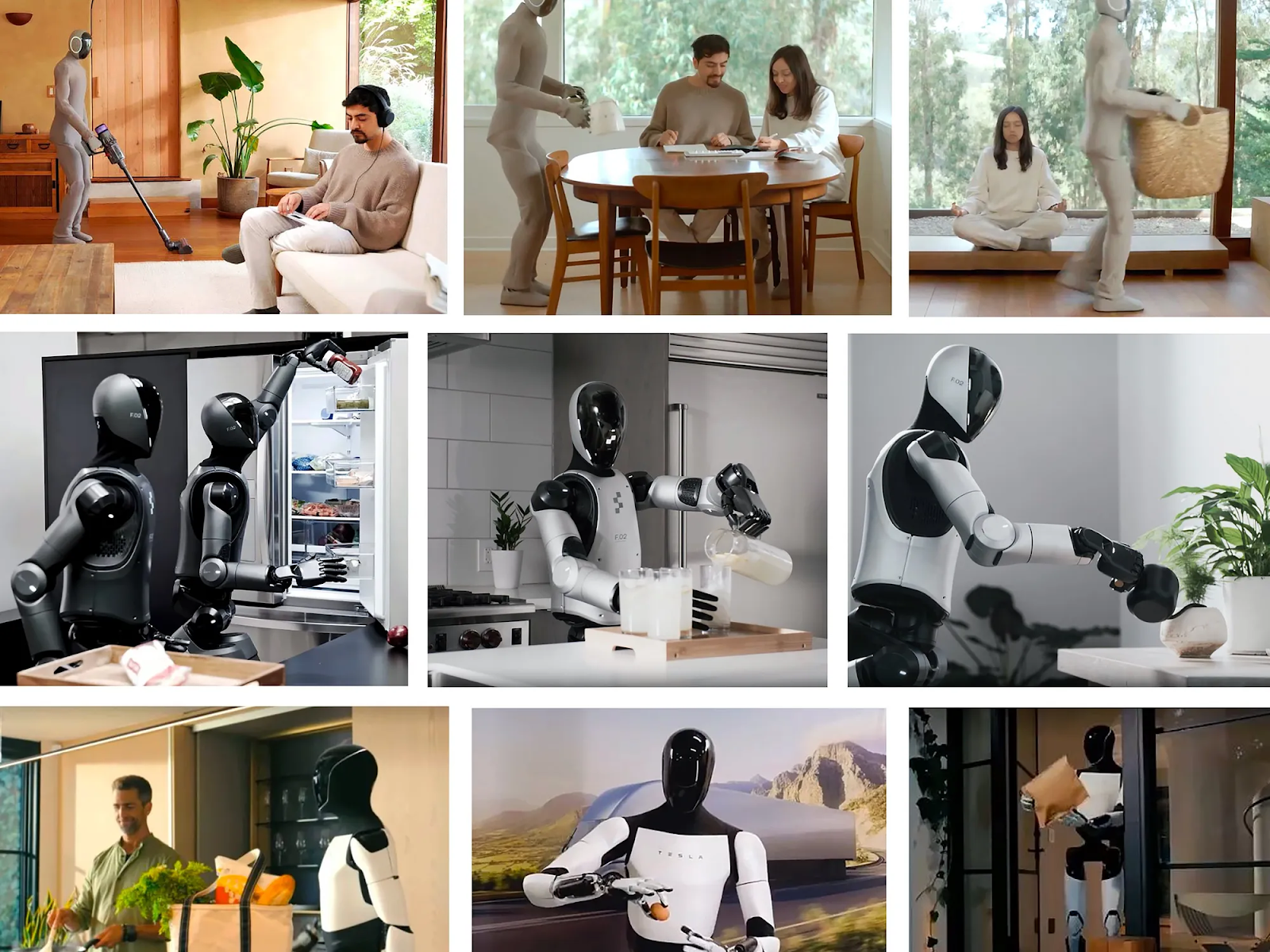
So how do we bridge that gap between tech readiness and public readiness?
The most realistic path may be progressive adoption:
- Start with specialized robots (vacuums, kitchen assistants, lawn mowers). They’re safe, efficient, and familiar.
- Move to multi-purpose robots that combine functions without strong human features.
- Introduce humanoids once trust, reliability, and comfort are established.
This step-by-step approach would:
- Reduce discomfort linked to anthropomorphism,
- Build trust in the technology’s safety and performance,
- And create a smoother cultural transition toward humanoids.
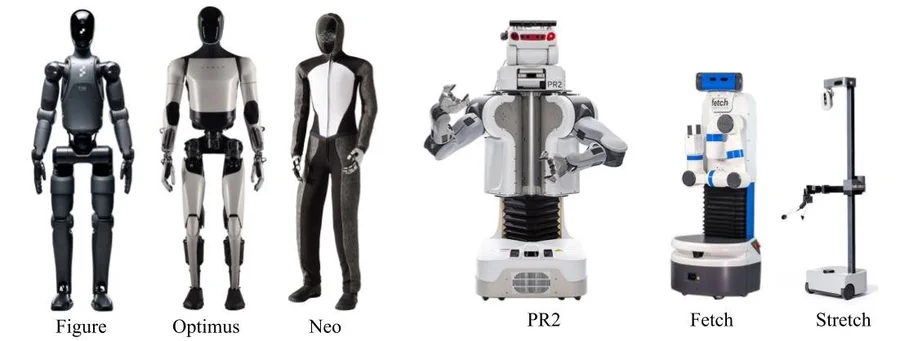
Because ultimately, while technology evolves fast, human perception evolves slowly.
Humanoids are coming. The race is on. But maybe the key isn’t building the perfect robot — it’s building the right context for us to welcome it.
At Osedea, our robotics team explores what’s possible across industrial automation, mobile robotics, and computer vision. We help organizations prototype, test, and deploy robotic systems that solve real-world challenges — from quality control to autonomous inspection and AI-powered vision.
Curious about how robotics can transform your operations?
Let’s talk about how we can bring your vision to life.
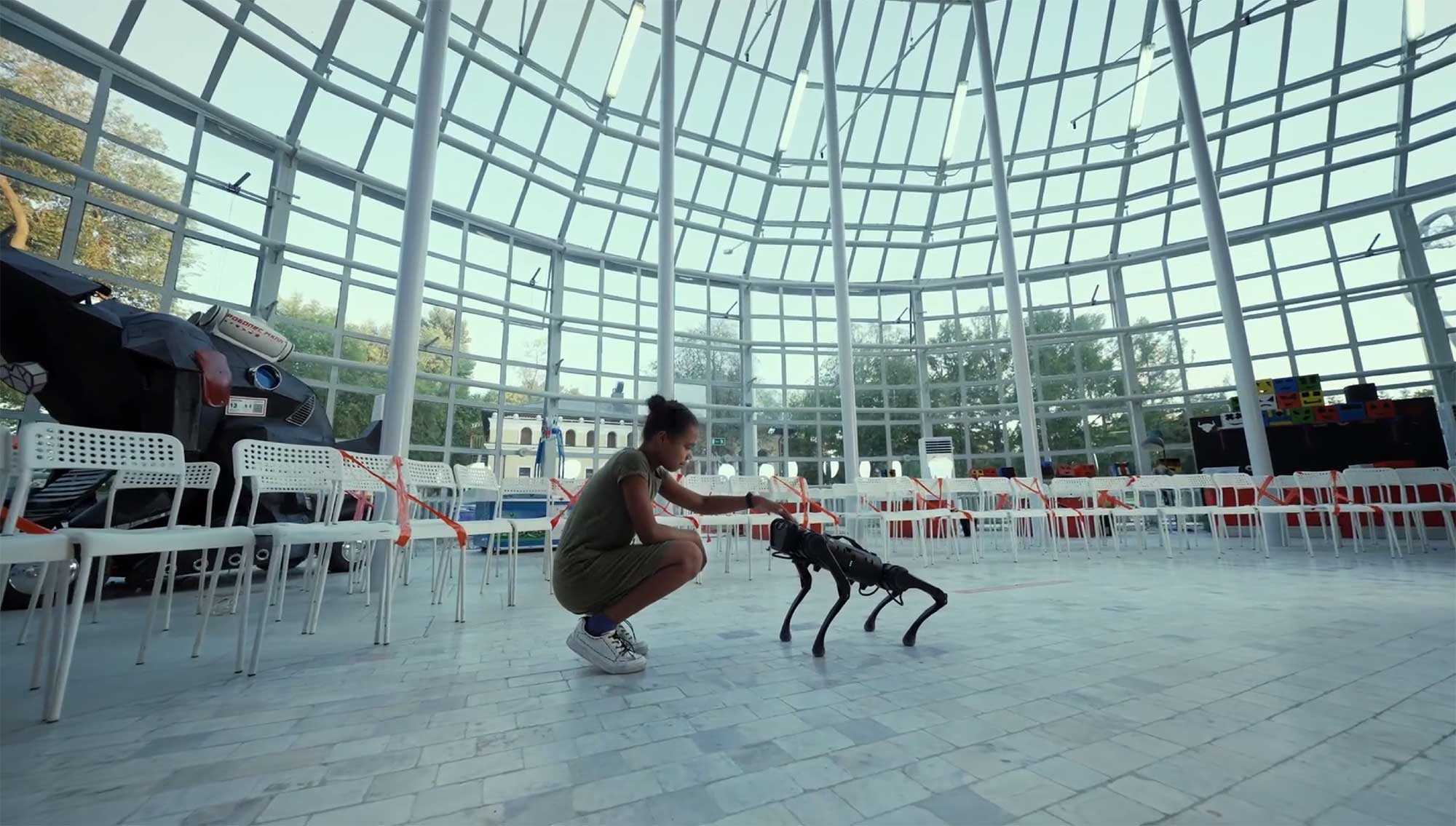
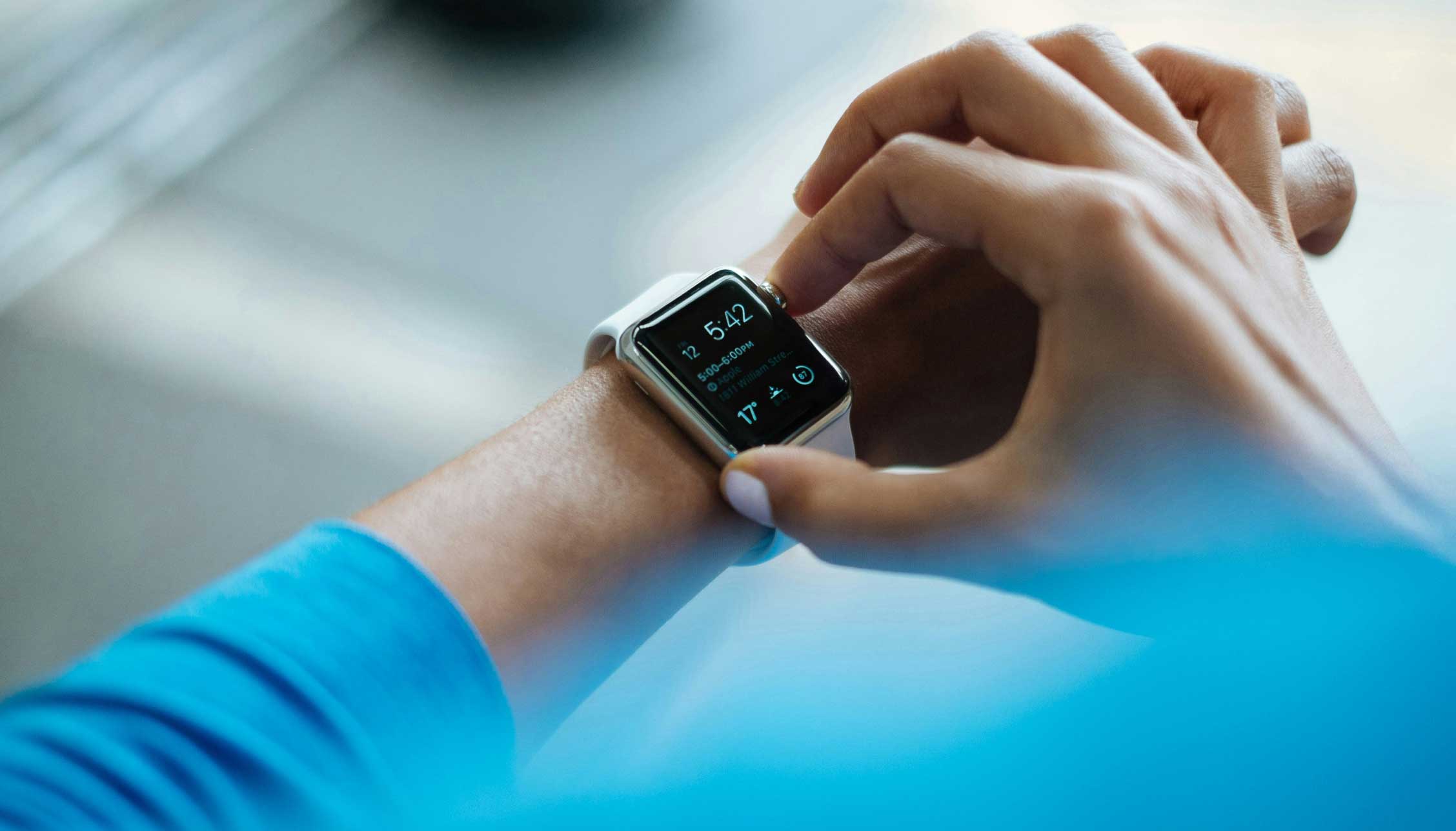
Did this article start to give you some ideas? We’d love to work with you! Get in touch and let’s discover what we can do together.






-min.jpg)





